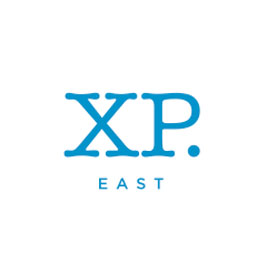Update from Crew Turing, formerly known as Crew Haughey (KHA)

This week, our crew voted on the name that we would be adopting for the next 5 years. We had a very large selection of inspirational people’s names (over 50!), for instance: Obama, Henry Ford, Anne frank, Aneurin Bevan, J. K. Rowling, Alan Sugar, JFK, Churchill, George Washington, Steve Jobs, Lincoln, MLK, Mary Shelley, Queen Elizabeth, Bob Marley, Frida Kahlo, Ben Parkinson, Newton, Edison….
Firstly, we did some research at home for our own choice that we were to present to crew in the morning sessions. We each found out key facts, quotes and prepared a piece on how they had embodied the character traits during their lifetimes.
Once we had all presented, we all voted to see who would be our crew name. After one round of voting we ended up with a tie, so we did a second vote of our top two selections, Enid Blyton and Alan Turing, and Alan Turing was chosen in the 2nd round of votes.
Alan Turing was a very gifted mathematician, some even argue that he was a math genius, who studied at Cambridge University where he made some amazing breakthroughs.
We chose Alan Turing because he showed the character traits of courage for telling people he was gay in a time when being gay was illegal. He showed craftsmanship and quality for managing to crack the Nazi’s enigma code using his invention, ‘the Bombe’ (if he didn’t it is predicted that World War 2 would have lasted 2 more years!) as well as building the first machine that is considered to be the first modern computer – Turing’s machine. He showed commitment to working hard and getting smart (the HOWLs), by riding his bike 60 miles just to get to the first day of school!

He also was the father of the modern computer science. Sadly, Turing committed suicide after his employers found out about his homosexuality, he was prescribed a hormone treatment and was sent to prison. He inspired Steve jobs so much he used the icon of the apple laced with cyanide as the Apple logo. He was awarded the Smiths prize and an OBE for cracking the enigma code and decoding the messages the Nazis were sending, but this remained a secret until 50 years after his death.
Alan Turing played a crucial role in winning the Second World War, he was a pioneer of modern computing and mathematics. Despite being a war hero and revolutionary, his life had a tragic ending.
We felt that Turing was not given the dignity and respect for his achievements during his lifetime, and this is why we’d like to acknowledge his greatness by honouring his name as our crew name. We know that at XP East, we will always reward hard work, efforts in getting smart, and kindness and compassion, as well as make stands against all forms of prejudice, such as the homophobia Turing faced, and the way he brought down the Nazis.
We’d like to finish our blog post with a quote from The Imitation Game (a biopic made about Turing’s life):
“Sometimes it is the people no one imagines anything of who do the things that no one can imagine”
We are Crew Turing, and we will continue on our journey through education, doing the things that no one could imagine we are capable of.








 Hola! Our E25 Explorer students had a superb session this afternoon in Spanish, with some excellent Extended Study tasks submitted and active participation throughout.
Hola! Our E25 Explorer students had a superb session this afternoon in Spanish, with some excellent Extended Study tasks submitted and active participation throughout.
